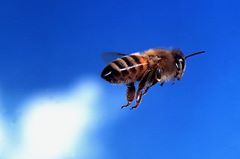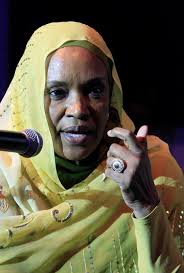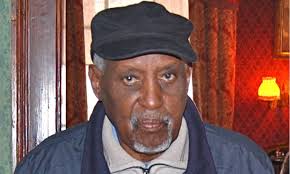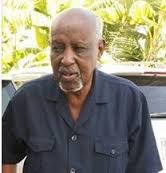For thousands of years, human beings have modified nature’s organisms for usage in agriculture. New technology has furthered this trend: recombinant DNA technology allows biotechnology firms to insert DNAs into plant genomes, thereby creating plants that express the desired traits. Use of such genetically modified organisms (GMOs) has prompted controversy, especially for its role in ensuring food security. As such, the use of transgenics merits a serious discussion regarding its relevance to food security.
GMOs increase crop yields and promote efficient land use.
Food production uses a significant quantity of arable land and natural resources, and GMOs hold promise to alleviate this burden on the Earth. The efficiency of land use is a significant issue: by 2050, the global population is expected to rise above 9 billion, and the existing amount of arable land is expected to decrease significantly due to anthropogenic climate change and urbanization (FAO). If everyone in the world used as much land per person as the average United States citizen, we “would need four Earths” to sustain ourselves (Cribb). The projected population expansion and rise of food consumption per person in China and India makes efficient land use essential to food security in the next 100 years (Cribb). Consequently, conserving land to produce more food is a necessity for any long term plan
GMOs reduce the use of synthetic chemical pesticides that are harmful to the environment.
Use of transgenic plants increases yields and decreases the need for pesticide use, thereby preventing significant ecological damage. GM pesticide-producing crops are engineered to produce Bt toxins, a crystal protein naturally synthesized by the bacterium bacillus thuringiensis. The United States Environmental Protection Agency (EPA) has found that these toxins do not activate in the human gut, and pose no risk to human health (EPA).
GM technology remains underdeveloped and unsuited for the regions that need them most.
One problem with biotechnology is that it is not currently built for poorer regions, as most plants are only engineered for herbicide and pesticide tolerance, with the needs of developed countries in mind (GMF). Biotechnology today is largely driven by agricultural corporations such as Monsanto, whose seeds are expensive to poorer farmers (Ho). But GMOs may increase land productivity in Africa, where 49 percent of soil is heavily degraded (Terrafrica). They could be engineered to endure harsher conditions and be less susceptible to climate changes such as drought, a leading cause of food insecurity in Africa.
onsumption of GMOs may have yet-unknown effects on human health.
Unknown health consequences are a common objection to GMO organisms. The most condemning research done on such organisms is the work of renowned scientist Arpad Pusztai, who found evidence of intestinal damage caused by genetically modified potatoes (Randerson). His funding was suspended for his publication of preliminary results, and therefore the study was never completed (Randerson). However, numerous later studies found that GM crops that have passed existing safety reviews are not harmful to human health (Academic review, AFNZA).
The long-term ecological impacts of GMO crops are yet uncertain.
Cross-pollination with the wild type of GM species may lead to genetic contamination of the wild type, which could alter local ecosystems. Genes are difficult to control, and wild types of certain plants have been found to contain transgenic genes. Unapproved genetically engineered grass has been found in Oregon (Pollack). 83 percent of rapeseed varieties in the United States and Canada were found to contain transgenic genes (Pollack). However, cross-pollination can be minimized through measures such as buffer zones between GMO and non-GMO fields, as well as careful field planning (GMO-compass); the problem with cross-pollination may be minimized with proper planning and oversight.
#RESOURCE_Mission_2014_Feeding_the_World























































